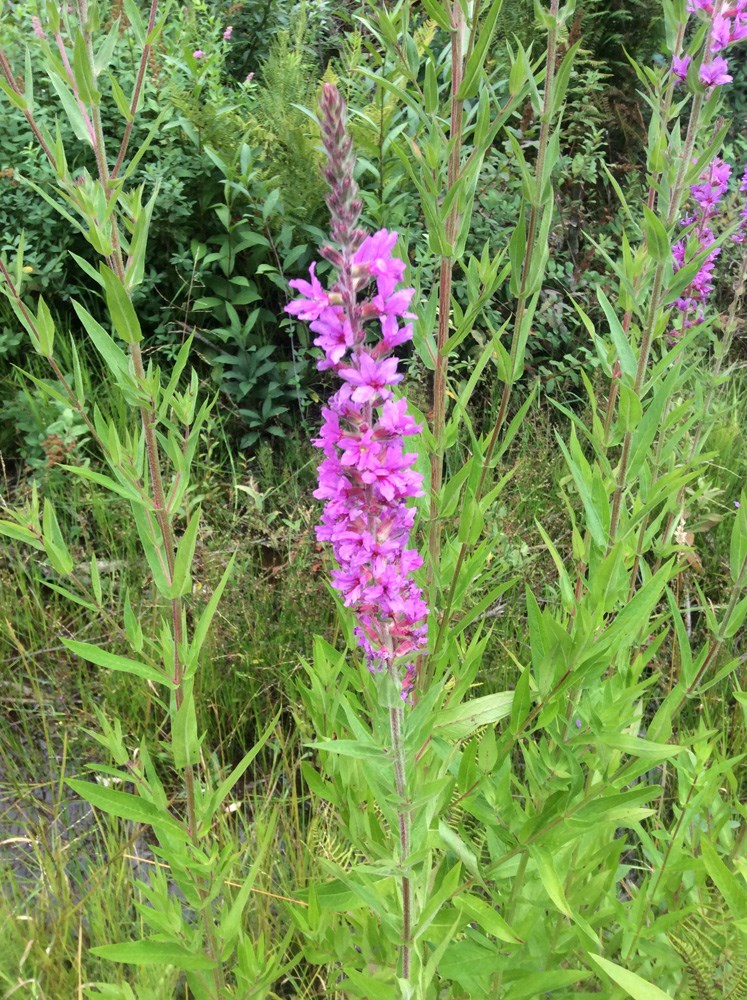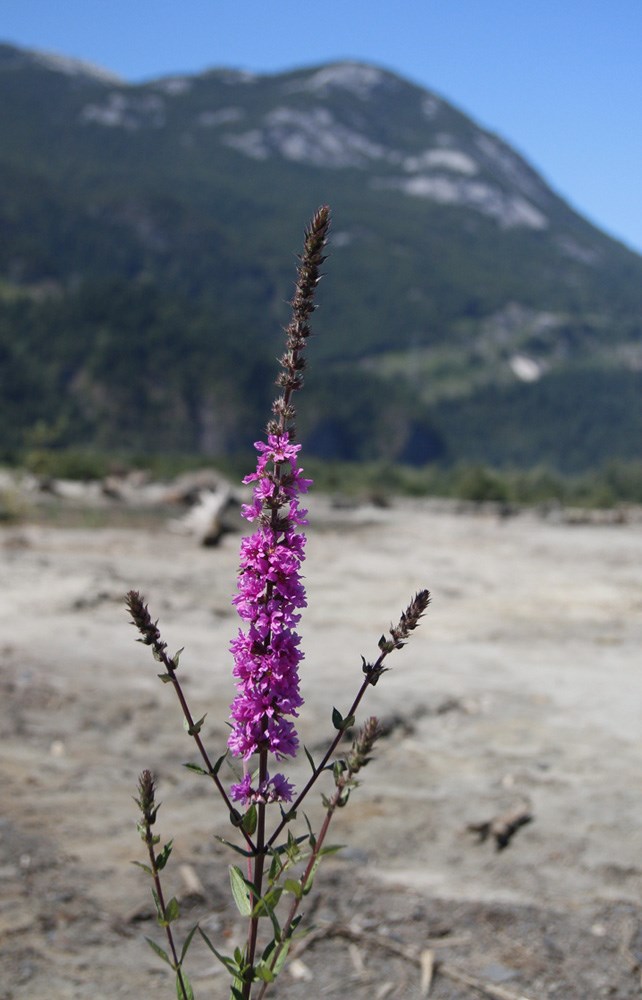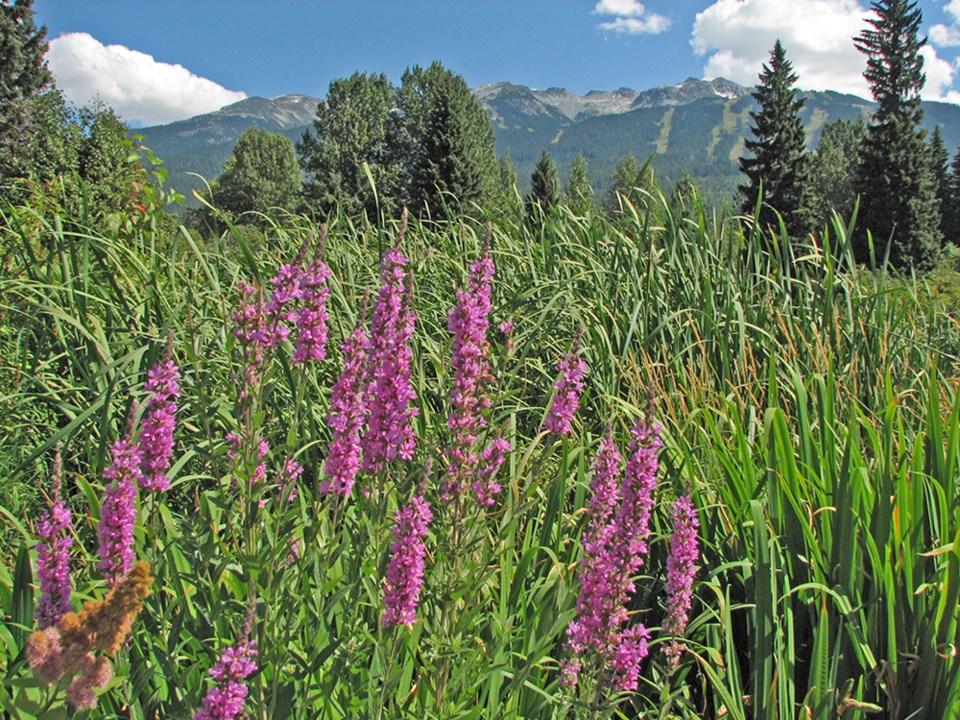There are invaders among us.
The invasive plant species, the purple loosestrife, has been found spreading through the Squamish Estuary.
According to the Sea to Sky Invasive Species Council, there is a more than 200 metres squared infestation of the plant, which originates from Europe.
The plant was spotted on the west delta of the Squamish River, an area only accessible by watercraft, according to a council news release.
Prior to this, only three very small infestations of purple loosestrife had been recorded in the Squamish area over the last two years.

“The species is not well established in the Sea to Sky region yet, and outside Squamish, is only known from nine other sites across the region, which are all subject to control efforts,” according to the council, a local environmental non-profit. Purple loosestrife has become a major issue in other regions of B.C., including the Okanagan, and the Lower Mainland.
“Originally brought into B.C. as an ornamental and medicinal plant, purple loosestrife forms monocultures and out-competes native species for light, space and pollinators.”
In the estuary, Henderson’s checker mallow (Sidalcea hendersonii), a native species at risk, was also observed in the same area, highlighting the potential impact of the invasive loosestrife at this site.
Purple loosestrife can also clog irrigation systems and obstruct waterways.
In the U.S., it is estimated that 200,000 hectares of wetlands are lost each year due to this plant.
Its seeds distribute through water, humans and animals, with a single plant producing over 2.5 million seeds that drop in early fall when temperatures cool.
Sea to Sky Invasive Species Council asks that community members to keep an eye out for potential source populations further upstream along the Squamish River, and in other wetland and riparian habitats in the Squamish area.
To combat the plant, unfortunately mechanical and herbicide treatments are not viable in this area.
“In order for mechanical removal to be effective, we would have to dig up every last bit of root fragment, which is simply not possible given the size of the infestation,” said the council’s Clare Greenberg. “There are strict rules around the use of herbicides, especially near water bodies, so chemical treatment is out of the question.”
The council is instead planning a biological control release for the spring of 2019.
This involves the introduction of the plant’s natural predators to help reduce the spread of the unwanted, damageable plant.
Three types of beetles that feed on the invasive plant, but not on native plants, will be used to help reduce the loosestrife’s spread.
“It is important to realize that biological control is never going to fully eradicate an invasive species, but it can suppress the plant to a level where it won’t thrive and cause further damage,” said Greenberg.
“The best thing to do is learn how to identify purple loosestrife and contact SSISC if you spot it,” Greenberg said.
To report an invasive species or for more information, go to www.ssisc.ca.




